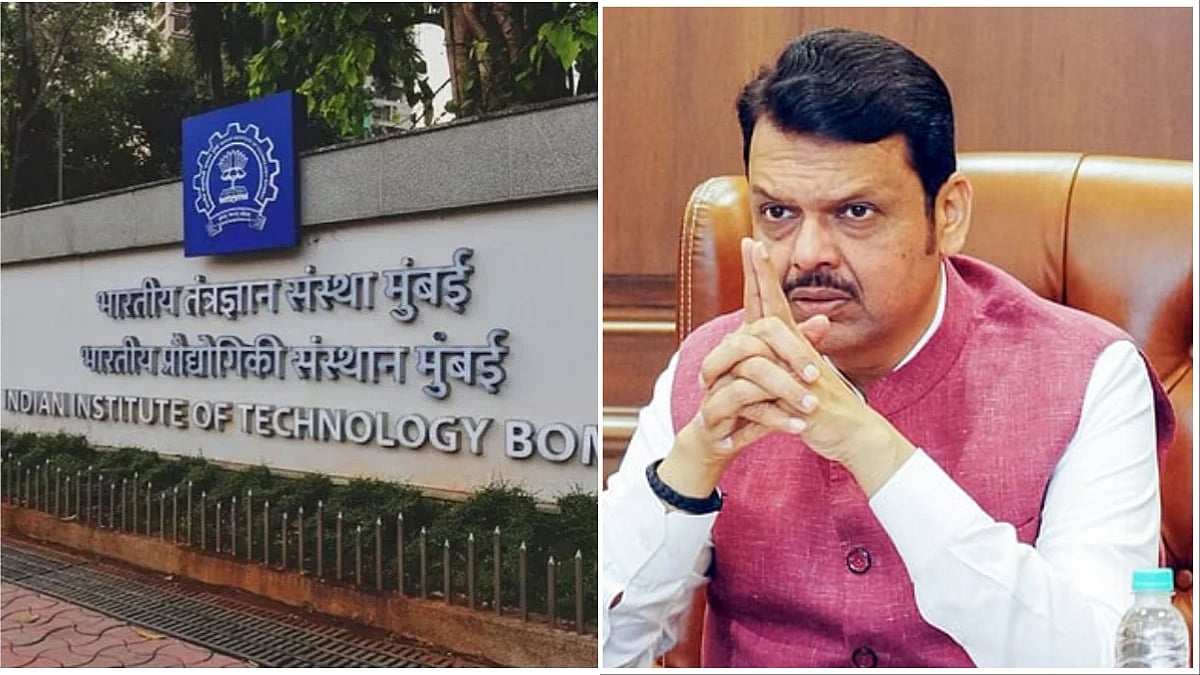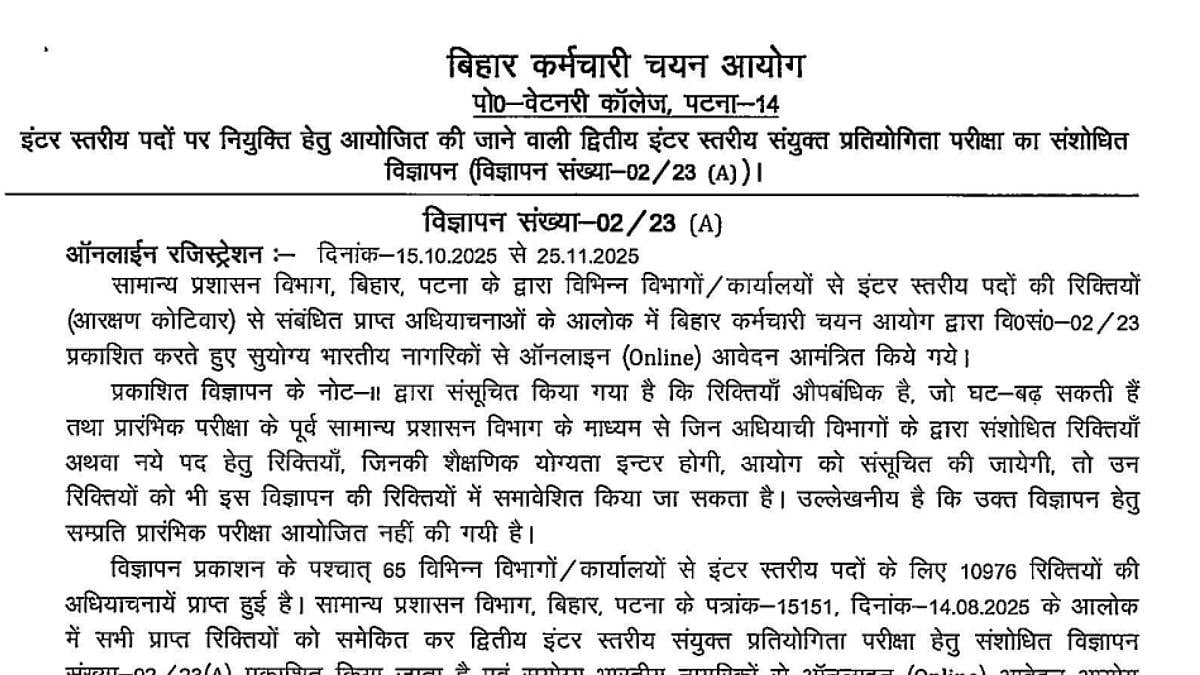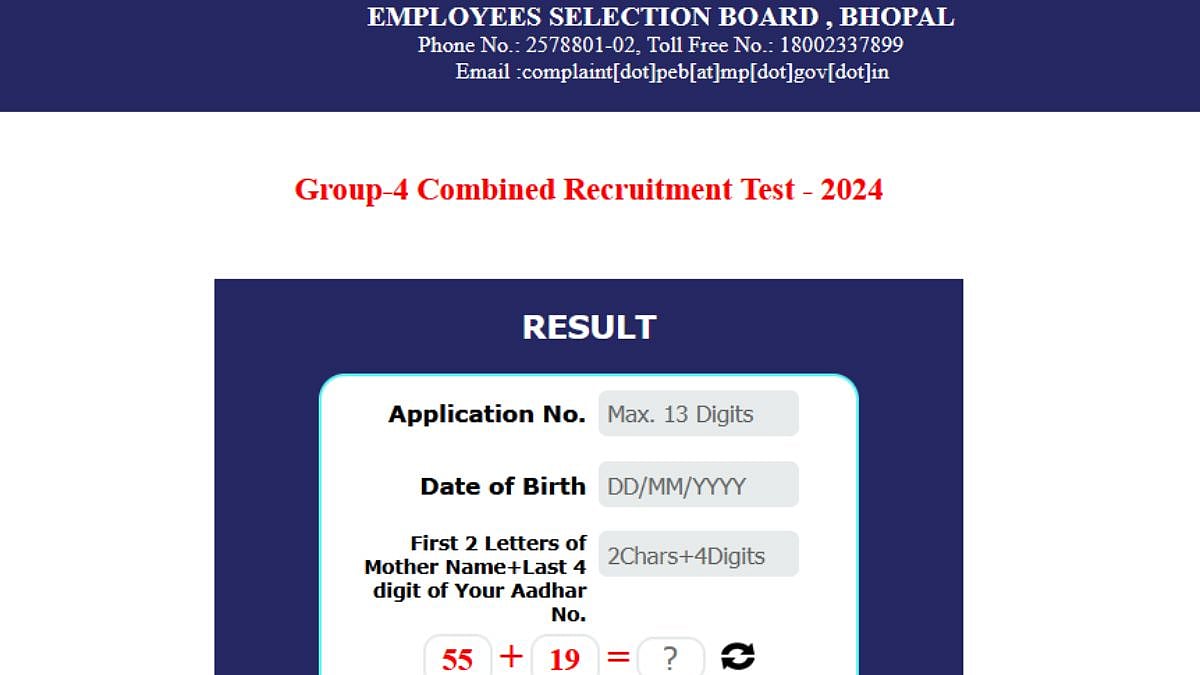There were many ancient Indian universities- Takshashila, Nalanda, Vallabhi, and Vikramshila and these had thousands of students from India and the world studying in vibrant multidisciplinary environments. A very similar trend is expected to be seen soon in the modern context. The main thrust of NEP is transforming higher education institutions into large multidisciplinary universities, colleges, and HEI clusters/Knowledge Hubs, each of which will aim to have 3,000 or more students.
Establishment of a grouping the schools offering lower grades in its neighbourhood including Anganwadis in a radius of five to ten kilometres was suggested by the Education Commission in 1964-66. This Policy strongly endorsed the idea of the school complex/cluster, wherever possible. The aim of the cluster school will be greater resource efficiency and more effective functioning, coordination, leadership, governance, and management of schools.
Cluster model education is a new economy competition. Clusters are geographic concentrations of interconnected institutions in a particular field. Paradoxically the competitive advantage in a global economy lie increasingly in local things - knowledge, relationship, and motivation that distant rivals can’t match. Conventionally, world class institutions are located in Boston.
Now sourcing of capital, goods, information and technology from around the world with the help of communication diminishes the role of location as competition. Educational institutes can mitigate the risks and location advantages can become irrelevant - best educational institutes are often spread across multiple clusters.
In the cluster model, educational institutions are not competing but collaborating with each other’s through cooperation and sharing of resources, “one plus one” may “equal three.”
Cluster education can help in in increasing productivity, driving the pace of innovation and simulating the new form of businesses. Strategic alliances/collaborations offer an access new markets, expand geographic reach, obtain cutting-edge technology, and complement skills and core competencies relatively fast.
This would help build vibrant communities of scholars and peers, break down harmful silos, enable students to become well-rounded across disciplines including artistic, creative, and analytic subjects as well as sports, develop active research communities across disciplines including cross-disciplinary research, and increase resource efficiency, both material and human, across higher education. The establishment of clusters and the sharing of resources across complexes will have a number of benefits by integrating academic/sports/arts/crafts events across school complexes, better incorporation of art, music, language, vocational subjects, physical education, use of ICT tools to conduct virtual classes, better student support, enrolment, attendance, and performance through the sharing of social workers and counsellors for more robust and improved governance, monitoring, oversight, innovations, and initiatives by local stakeholders.
Cluster encompasses an array of linked industries, suppliers, complimentary products related to industries. Typical cluster constituents include suppliers, producers, customers, labor markets and training institutions, financial intermediaries, think tanks professional and industry associations, university departments and schools, regulatory institutions and bodies of law and government.
Over a period of time, it is envisaged that every college would develop into either an autonomous degree-granting one, or a constituent college of a university. A holistic and multidisciplinary education would aim to develop all capacities of human beings -intellectual, aesthetic, social, physical, emotional, and moral in an integrated manner. Colleges will be encouraged, mentored, supported, and incentivized to gradually attain the minimum benchmarks required for each level of National Education Policy 2020 accreditation.
(Dr Prashant Salwan is Professor of strategy at IIM Indore; Dr Srinivasan R Iyengar is Director and Professor in the area of Strategy at JBIMS, University of Mumbai)










